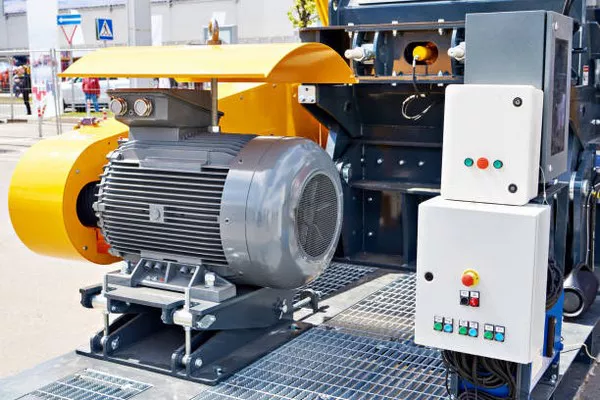In an era marked by increasing reliance on electricity, the demand for reliable power backup solutions has surged. Generac generators have emerged as a popular choice for homeowners and businesses seeking a robust and dependable source of electricity during outages. However, with the convenience and security they offer comes the question: How much does it cost to run a Generac generator? In this article, we will explore the various factors influencing the costs associated with both the initial investment and ongoing operation of Generac generators.
Initial Investment Costs
The upfront investment in a Generac generator is a significant consideration for individuals and businesses looking to secure a reliable power supply. Several factors contribute to the initial costs, including the generator’s power capacity, fuel type, installation requirements, and additional features.
Generac offers a range of generators with different power outputs, catering to diverse needs. Smaller generators suitable for residential use typically come with a lower price tag, while larger, commercial-grade generators designed to power extensive facilities command a higher cost. It is crucial to assess the specific power requirements to determine the appropriate generator size for your needs, balancing the initial investment with the capacity to meet your electricity demands.
The fuel type of the generator also affects the upfront costs. Generac generators are available in various configurations, including propane, natural gas, and diesel. Propane and natural gas generators are often favored for their cleaner emissions and ease of access, while diesel generators may be preferred for their fuel efficiency and durability. The availability and cost of these fuels in your location should be factored into the decision-making process.
Installation costs constitute another component of the initial investment. Professional installation is recommended to ensure the generator is properly connected to the electrical system, and safety standards are met. Installation expenses can vary based on factors such as the complexity of the setup, location, and any additional requirements for permits or site preparation.
Ongoing Operational Costs
While the initial investment is a one-time expense, the ongoing operational costs of running a Generac generator include fuel consumption, maintenance, and potential repair expenses.
Fuel costs depend on the type of generator and the fuel it uses. Propane and natural gas tend to be more cost-effective options compared to diesel, and the availability of these fuels in your area may influence the overall operational expenses. It is advisable to estimate the generator’s fuel consumption based on its rated efficiency and the expected duration of use during power outages.
Regular maintenance is essential to ensure the continued reliability and efficiency of a Generac generator. Maintenance costs may include oil and filter changes, spark plug replacements, air filter replacements, and other routine checks. Generac provides recommended maintenance schedules in the product documentation, and adherence to these schedules can help prevent issues and extend the generator’s lifespan. Some users choose to invest in maintenance contracts offered by Generac or authorized service providers to ensure timely and professional upkeep of their generators.
In the event of unexpected issues or breakdowns, repair expenses may arise. While Generac generators are known for their durability, factors such as extreme weather conditions or prolonged use can contribute to wear and tear. Including a contingency budget for potential repairs is advisable to mitigate unforeseen costs.
Efficiency and Load Considerations
The efficiency of a Generac generator and the load it carries play crucial roles in determining operational costs. Generators are designed to operate optimally within specific load ranges, and running a generator below or above its optimal load can impact fuel efficiency.
Generac generators are equipped with advanced technologies, such as automatic load shedding and load management, to optimize fuel consumption. Load shedding allows the generator to prioritize essential circuits, minimizing energy waste. Understanding the load requirements and utilizing these features effectively can contribute to cost savings over the generator’s lifespan.
Environmental Considerations
The environmental impact of running a Generac generator is an additional consideration for many users. Propane and natural gas generators generally produce lower emissions compared to diesel generators, contributing to a smaller carbon footprint. While the environmental benefits are essential, it is crucial to weigh them against other factors, such as fuel availability and regional regulations.
Generac generators also feature eco-mode settings that automatically adjust the engine speed based on the electrical demand, further enhancing fuel efficiency and minimizing emissions during periods of lower usage.
See Also Can You Leave a Generator Out in the Rain?
Conclusion
Running a Generac generator involves both initial investment costs and ongoing operational expenses. The total cost of ownership is influenced by factors such as the generator’s power capacity, fuel type, installation requirements, and maintenance needs. Understanding these components and conducting a thorough assessment of your specific requirements will help you make informed decisions regarding the purchase and operation of a Generac generator. While the upfront costs are a crucial consideration, the long-term reliability, efficiency, and peace of mind provided by a Generac generator make it a valuable investment for those seeking a dependable power backup solution.

